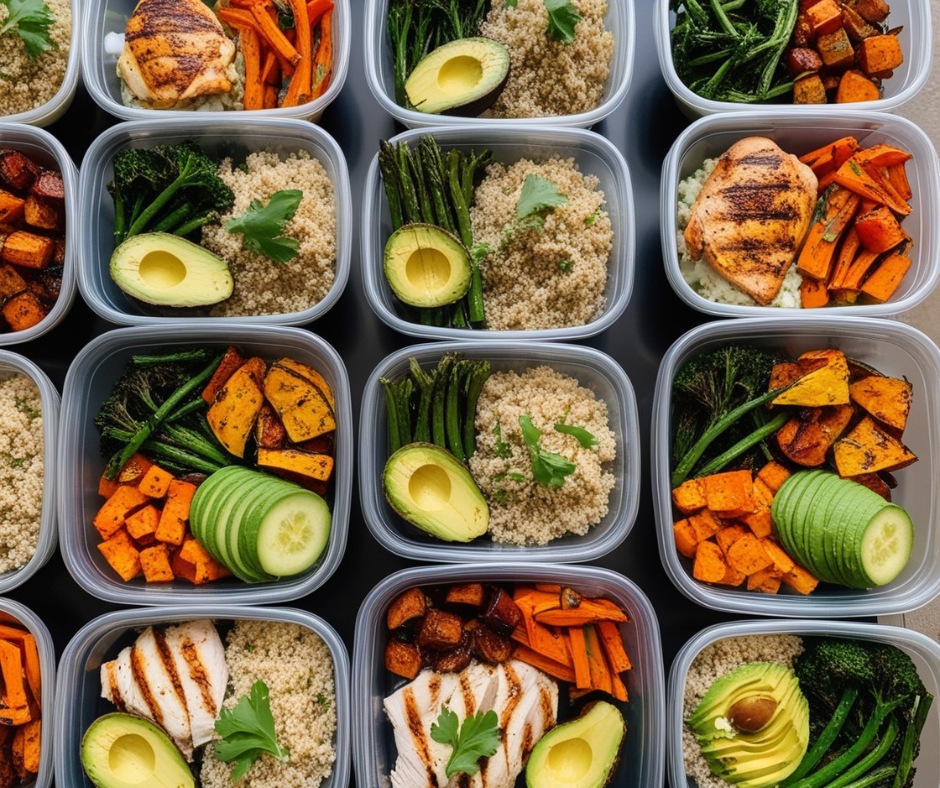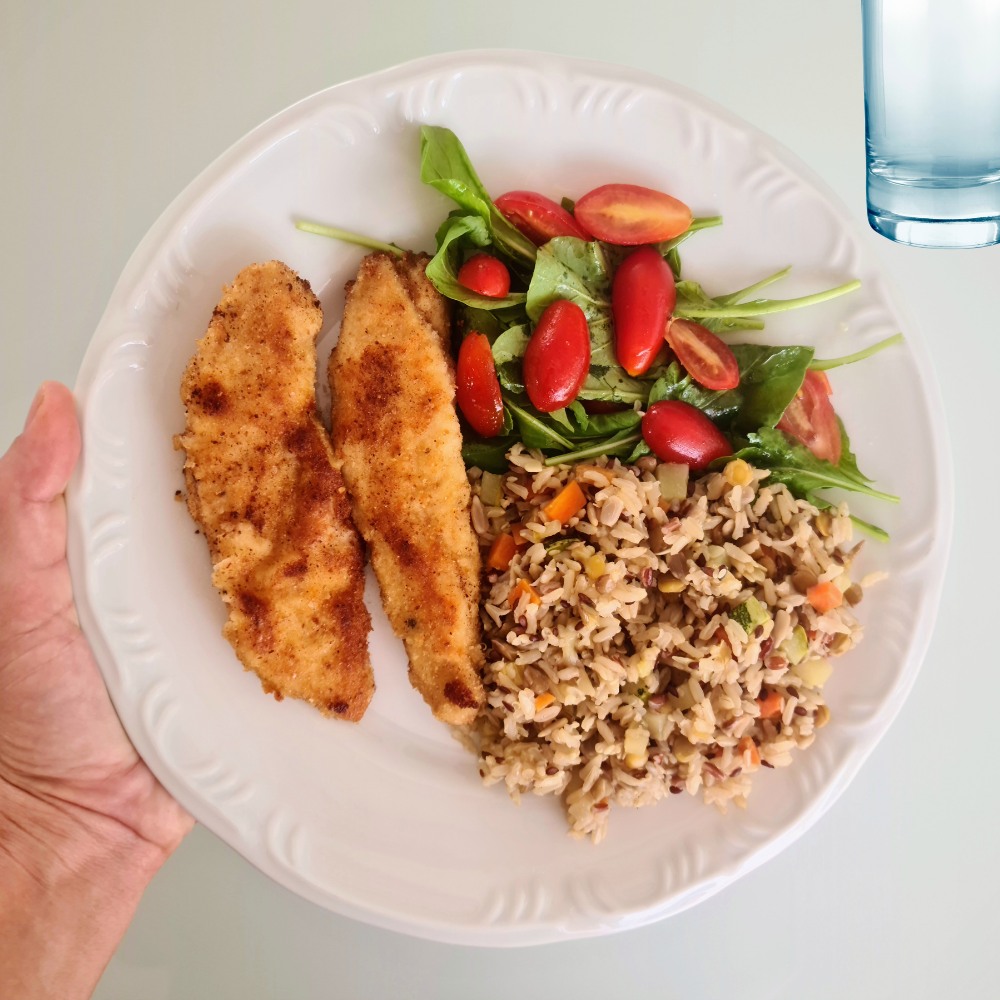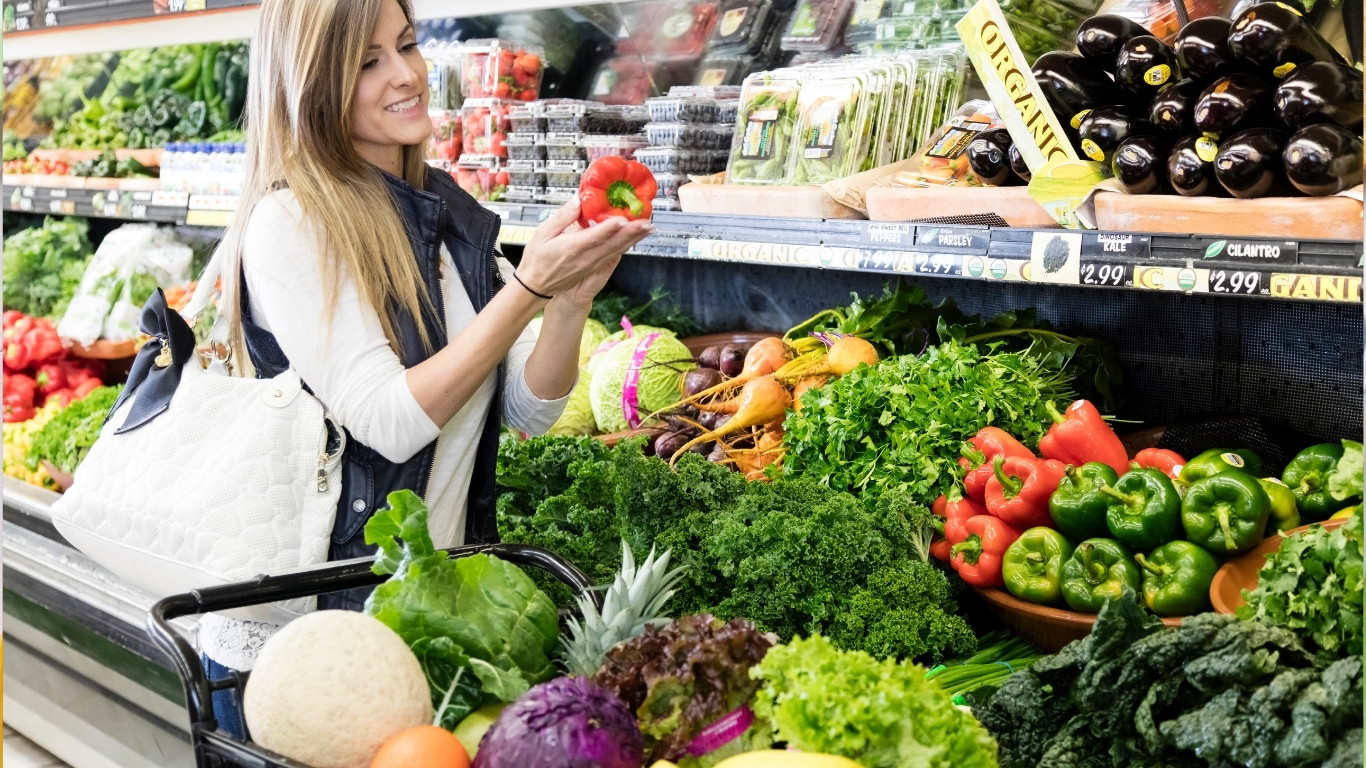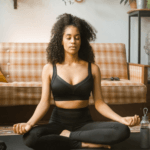Disclosure:
Thank you for reading this post, don't forget to subscribe!
Some of the links on this website are affiliate links. This means that if you click on the link and make a purchase, we may receive a small commission at no extra cost to you. Your support helps us keep the site running.Learn more on my Privacy Policy and Affiliate Disclosure page. Thank you for your support!

Customizing a meal plan is one of the most effective strategies for achieving fat loss and maintaining weight management. By tailoring a plan to suit your specific goals, body type, and dietary preferences, you set yourself up for long-term success. Fat loss doesn’t happen overnight, but with a structured, flexible plan, you can make consistent progress while enjoying your meals and staying satisfied.
In this post, we’ll break down the science behind fat loss, show you how to create a personalized meal plan, and provide a free 7-day meal plan sample to help you get started on your fat loss journey.
Key Points:
- Fat loss is driven by a calorie deficit, metabolism, and proper macronutrient balance.
- A customized meal plan leads to better adherence, enjoyable meals, and faster results.
- Stay tuned for a free, easy-to-follow 7-day meal plan at the end of the article!
find out:
- The Ultimate Guide to Balanced Nutrition: Tips, Benefits, and Meal Ideas-A balanced diet is the foundation of a healthy lifestyle, providing the nutrients our bodies need to function properly.
Why Customized Meal Plans Are More Effective for Fat Loss
When it comes to fat loss, there’s no one-size-fits-all solution. Every person has different caloric needs, activity levels, body composition, and food preferences. Customizing your meal plan helps you create a sustainable routine that fits your lifestyle and goals.
Stay Ahead with Morningscape Mindset Media!
Sign up now to receive exclusive updates on our latest posts — delivered directly to your inbox!
Why Personalization Works:
- Caloric Needs: Depending on your age, weight, and activity level, the number of calories you need for fat loss will differ. A customized plan helps you eat just the right amount.
- Activity Level: More active individuals require more calories and nutrients to fuel their workouts and recovery.
- Body Composition: A plan that considers your muscle mass and fat percentage ensures that you’re getting the right balance of macronutrients.
- Food Preferences: Tailoring your diet to include foods you enjoy will reduce cravings and help you stick to the plan for the long term.
By customizing your meal plan, you can make steady progress, prevent hunger, and achieve better results compared to following a generic diet.
Key Elements of a Fat-Burning Meal Plan

1. Calorie Deficit: Fat loss occurs when you consume fewer calories than your body burns in a day. This is known as a calorie deficit. But it’s important to strike a balance: eating too little can slow down your metabolism, while eating too much won’t produce fat loss.
To calculate your daily calorie needs:
- Use an online calorie calculator (such as the NIH calculator).
- Subtract 500 calories from your maintenance level to create a safe and sustainable deficit for fat loss.
2. Macronutrient Balance: To support fat loss, you need the right balance of macronutrients:
- Protein: Critical for preserving muscle mass during fat loss. Aim for about 25-30% of your calories from protein.
- Fats: Healthy fats keep you full and help regulate hormones. About 20-30% of your daily calories should come from fats.
- Carbs: Complex carbs provide energy for your workouts and daily activities. Fill the remaining calories (40-50%) with nutrient-dense carbs like whole grains and vegetables.
learn more:
- The Benefits of Intermittent Fasting for Weight Loss-Not only does it help reduce calorie intake, but it also triggers metabolic changes that make it easier for the body to burn fat.
3. Meal Timing: Spreading your meals throughout the day can help regulate energy levels and prevent overeating. Some people prefer intermittent fasting, while others benefit from eating small, frequent meals. Find what works best for you and your lifestyle.
4. Hydration: Drinking enough water is crucial for fat loss. Staying hydrated supports metabolism, helps with digestion, and can even reduce hunger. Aim to drink at least 8-10 glasses of water per day.
Foods to Focus On for Fat Loss
When creating a custom meal plan, focus on nutrient-dense, whole foods that support fat loss and keep you full.
- Lean Proteins: Chicken, turkey, fish, tofu, and legumes. These foods are low in calories but high in protein, helping to build muscle and burn fat.
- Healthy Fats: Avocado, olive oil, nuts, and seeds. These fats promote satiety and provide essential nutrients.
- Complex Carbohydrates: Quinoa, brown rice, sweet potatoes, and oats. These carbs provide long-lasting energy and support digestion.
- Fiber-Rich Vegetables: Leafy greens, broccoli, cauliflower, and peppers. Fiber aids digestion and helps you feel fuller for longer.
- Low-Sugar Fruits: Berries, apples, and citrus fruits. These are great for snacking without spiking your blood sugar.
Quick Tips:
- Swap white rice for quinoa to increase fiber and protein.
- Use Greek yogurt instead of sour cream for a healthier alternative with more protein.
Sample 7-Day Meal Plan for Fat Loss
Here’s a fully customizable 7-day meal plan designed to keep you in a calorie deficit while ensuring balanced nutrition.
Day 1 Sample:
- Breakfast: Scrambled eggs with spinach and avocado
- Snack: Greek yogurt with blueberries
- Lunch: Grilled chicken salad with mixed greens and a lemon vinaigrette
- Snack: Handful of almonds and a small apple
- Dinner: Baked salmon with roasted broccoli and sweet potato
Day 2 Sample:
- Breakfast: Overnight oats with chia seeds and strawberries
- Snack: Cottage cheese with cucumber slices
- Lunch: Quinoa bowl with black beans, grilled vegetables, and avocado
- Snack: Carrot sticks with hummus
- Dinner: Stir-fried tofu with mixed vegetables and brown rice
Continue with varied meals like these for the rest of the week—balanced, calorie-controlled, and rich in protein, healthy fats, and complex carbs. Adjust portion sizes and ingredients to fit your specific needs.
read next:
Tips for Sticking to Your Custom Meal Plan

- Meal Prep: Prepping your meals in advance is key to staying on track. Spend a few hours each week chopping veggies, cooking proteins, and portioning out snacks.
- Flexibility: Don’t be afraid to make substitutions based on what you have available or enjoy. Flexibility prevents burnout and helps you stick with the plan long-term.
- Tracking Progress: Use a food diary or app like MyFitnessPal to track what you eat. This helps you stay accountable and ensure you’re sticking to your calorie and macro goals.
related article from outside network:
- Use the National Institutes of Health (NIH) calorie calculator to determine your calorie needs.
- Visit MyPlate for guidelines on balanced, healthy eating.
check out:
- Meal Planning Apps: Try beginner-friendly apps like Mealime or Yummly to simplify your planning process.
- Recipe Books: Consider using cookbooks like The Body Reset Diet or The Complete Guide to Meal Prep for more ideas.
- YouTube Channels: Watch channels like Clean & Delicious or Mind Over Munch for simple, healthy meal ideas.
explore more:
Conclusion
Customizing your own meal plan is a powerful tool for burning fat and losing weight. By focusing on your personal goals, preferences, and nutritional needs, you can create a sustainable, effective plan that fits into your lifestyle. Use the 7-day sample plan provided to kickstart your fat loss journey and begin building healthy habits that last.
Try the 7-day meal plan this week and tailor it to your own preferences. For more tips on meal planning and fat loss, check back for more posts or subscribe for updates!
MORE ABOUT:
HEALTH / FITNESS / WELLNESS / NUTRITION
share this article












